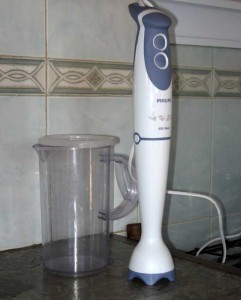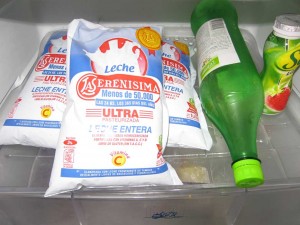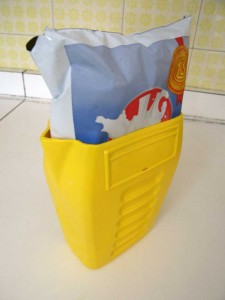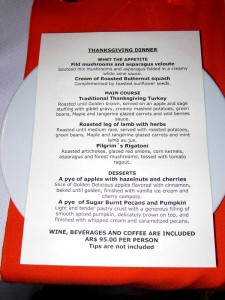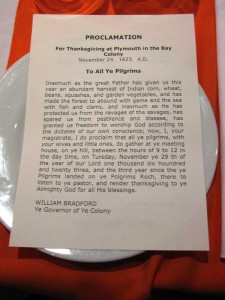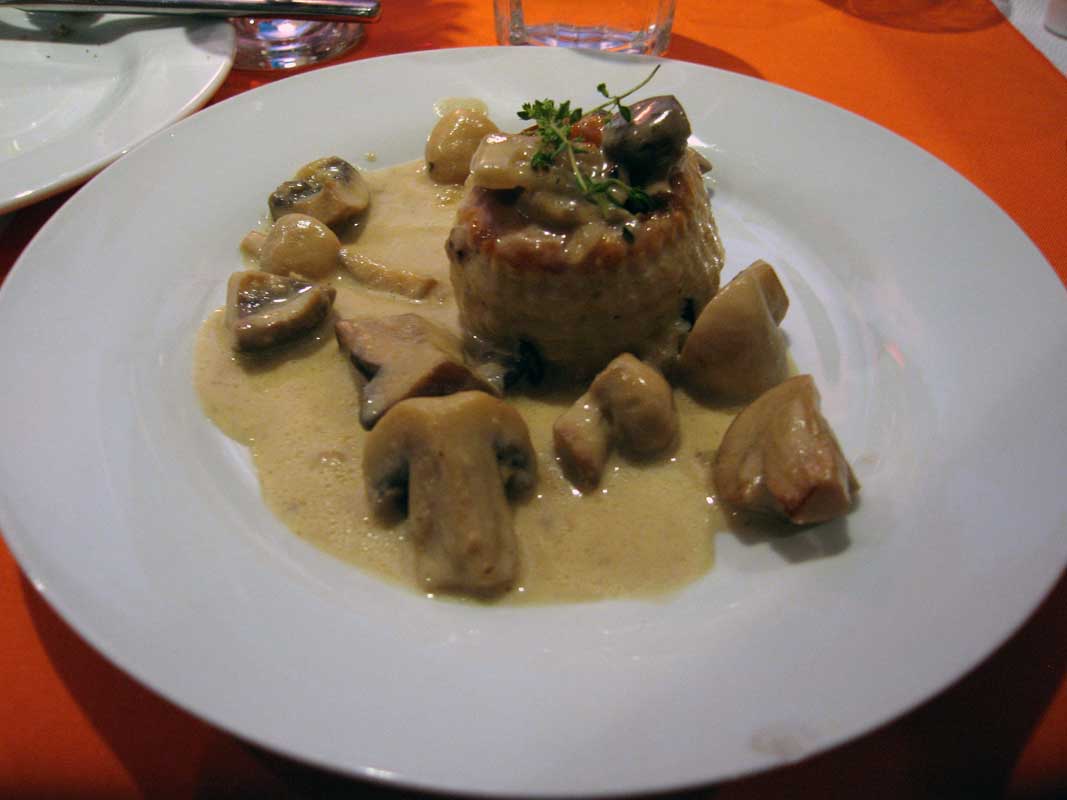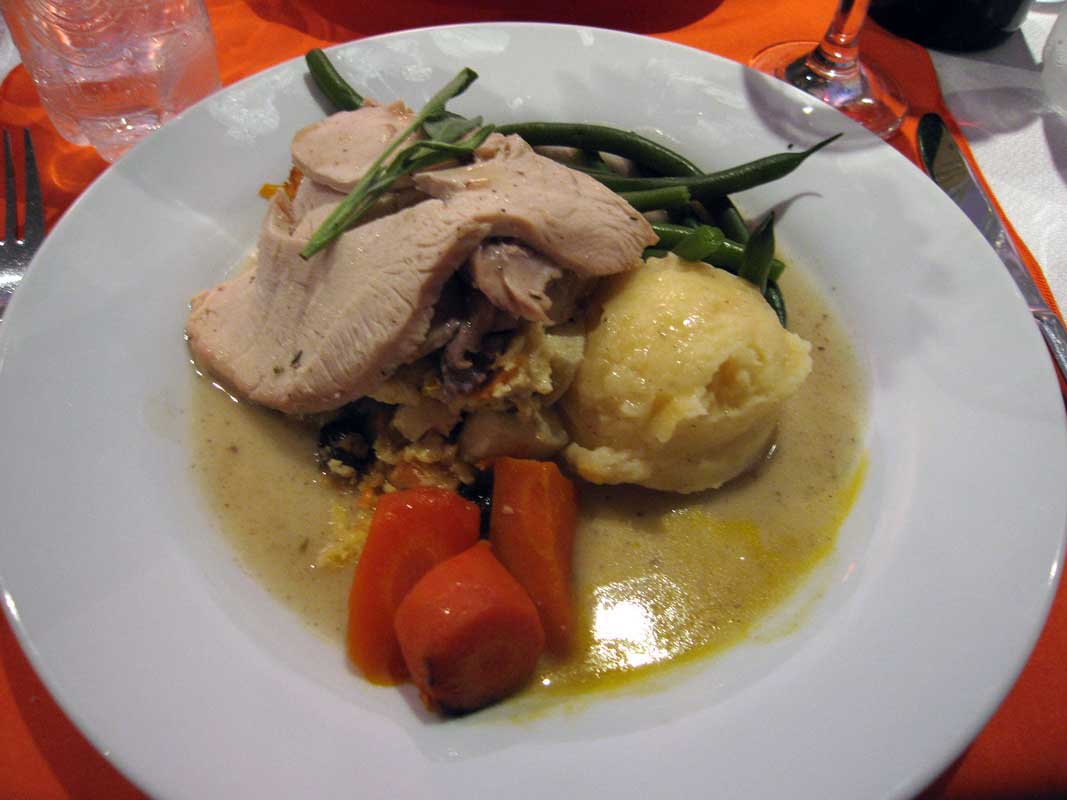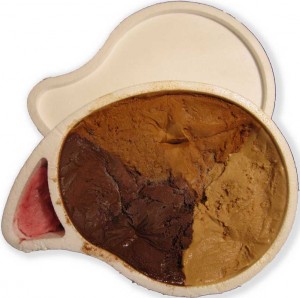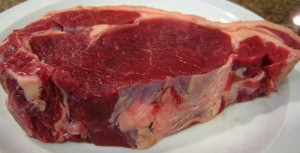How Would We Pack for BA Now?
THINGS WE’RE GLAD WE PACKED
1. Tampons (I laid in an 8 month supply!)
2. Pans (We brought two All Clad pans with us, a stock pot and a frying pan.)
3. Chef’s Knife
4. Paring Knife
THINGS WE WISH WE HAD PACKED
1. Glide Floss
2. Leopard DVD (Tom could have then restored his MAC operating system in English after his hard drive died.)
3. Y Adapter (So the girls could both listen to a movie or music on one device.)
4. More US Bills (Moving and traveling require cash money.)
THINGS WE DIDN’T NEED TO PACK
1. Formal Clothes. (Everyone goes on and on about the formality of the populace in Baires, but the truth is, it’s like any other international city…unless you’re going to work or hanging out in a trendy bar, jeans and a regular shirt are SOP. I would have packed far less “nice” clothing and more t-shirts.)
THINGS WE ARE TRAVELING WITH NOW
1. Immersion Blender (pictured above). We bought this little jobby in Baires and I love it. I haven’t used an immersion blender forever, and they’ve come a long way baby. Truly, this is a power tool! We have taken it with us on our summer sojourn and we try to make smoothies most mornings, no matter where we are staying!!!
